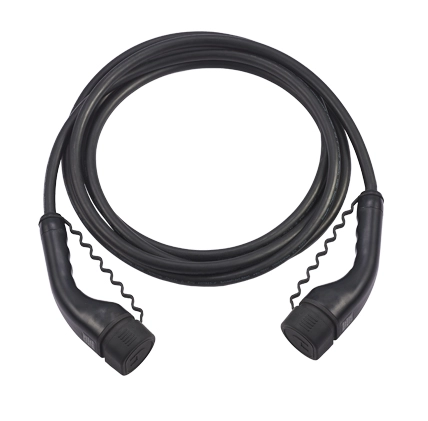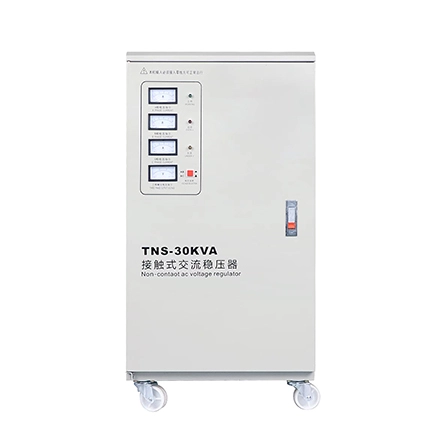In industrial processes, safety is crucial to ensure the protection of workers and equipment. One important safety measure is the use of thermal overload relays.
What is a thermal overload relay?
A thermal overload relay is a protective device used to prevent motor overheating. Its principle of operation involves monitoring the motor current and tripping if the current exceeds a predetermined value. The tripping current is set corresponding to the rated motor current defined by the motor manufacturer. Once tripped, the thermal overload relay disconnects the motor from the power source, preventing motor overheating.
Benefits of using thermal overload relays
There are several benefits to using thermal overload relays in industrial processes. Firstly, they prevent motor damage due to overheating. Overheating can cause insulation breakdown and ultimately lead to motor failure. Secondly, thermal overload relays protect workers from injuries and equipment from damage. Overheating can cause fires and other hazardous events that may result in personal injury or equipment damage. Lastly, thermal overload relays help extend the motor's lifespan and reduce maintenance costs.
Types of thermal overload relays
Thermal overload relays primarily come in two types: bimetallic relays and electronic relays. Bimetallic thermal overload relays use two different metals with different thermal coefficients. When the motor current passes through the bimetallic strip, it heats up and bends, causing the contacts to open. Electronic thermal overload relays utilize electronic devices to measure motor current and temperature. They offer higher precision and easier adjustment compared to bimetallic thermal overload relays.
Factors to consider when selecting a thermal overload relay
Several factors need to be considered when selecting a thermal overload relay. Firstly, the rated current and voltage of the motor, as well as the tripping current of the thermal overload relay, must be taken into account. Secondly, the operating environment of the motor should be considered, including factors such as temperature, humidity, and vibrations. Lastly, the type of application must be considered, as different applications may require different types of thermal overload relays.
Thermal overload relays are essential safety measures in industrial processes. They prevent motor overheating, protect workers from injuries, and safeguard equipment from damage while helping to reduce maintenance costs. When selecting a thermal overload relay, factors such as motor rated current, environment, and application should be considered.
Furthermore, thermal overload relays should be regularly inspected and maintained to ensure their proper functioning and timely replacement of aging or faulty relays. Only by doing so can the full potential of thermal overload relays be realized, ensuring the safety and reliability of industrial processes. Additionally, other aspects of protection, such as electrical isolation, grounding methods, and overvoltage protection, should also be considered as part of a comprehensive protection system to ensure the safety and stability of industrial processes.





